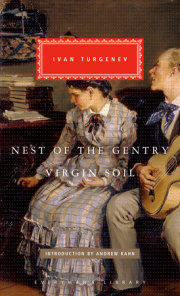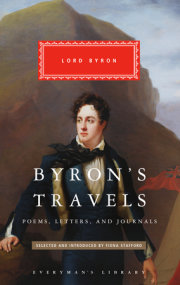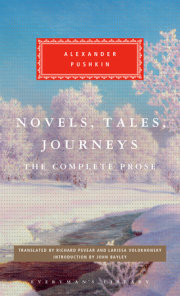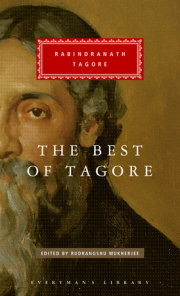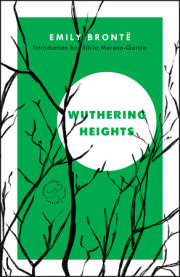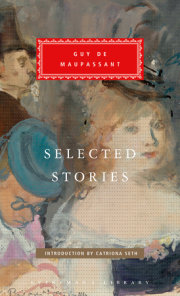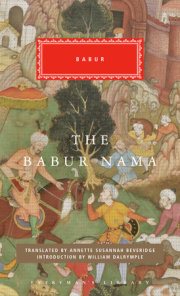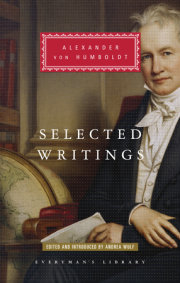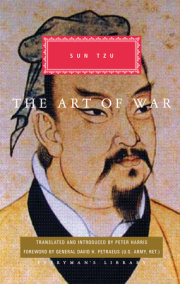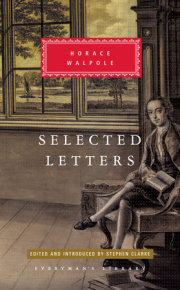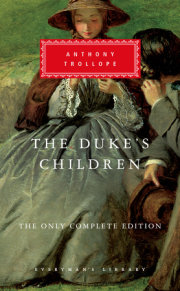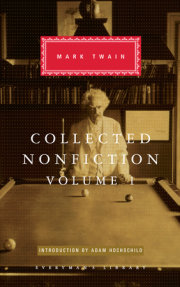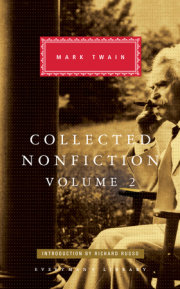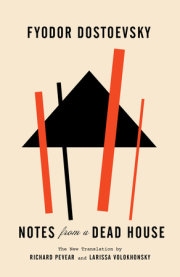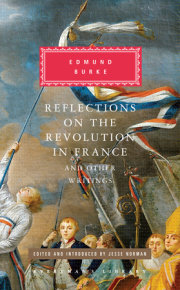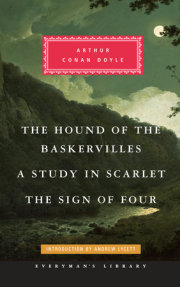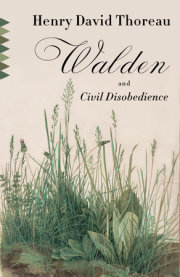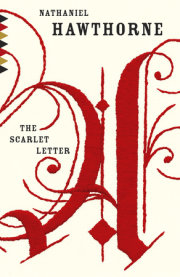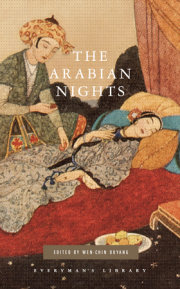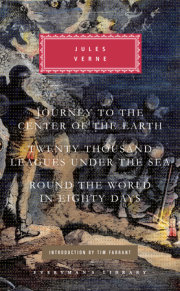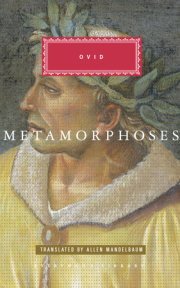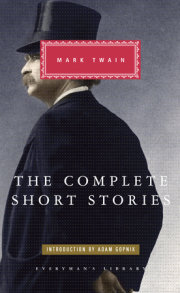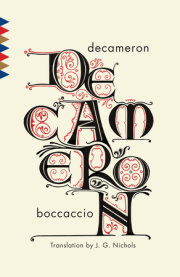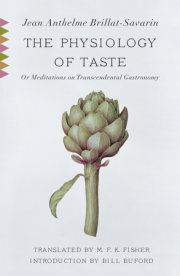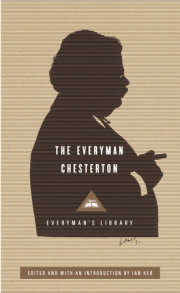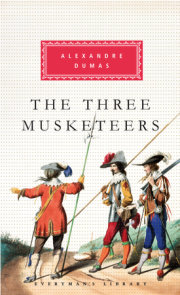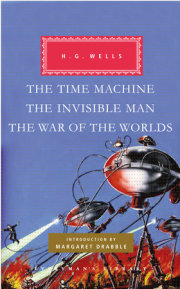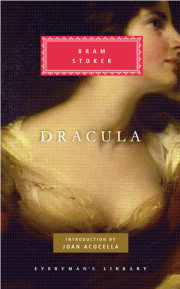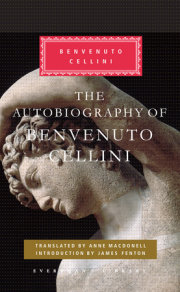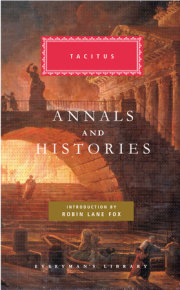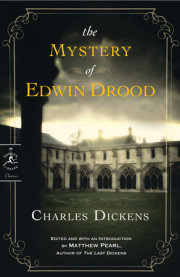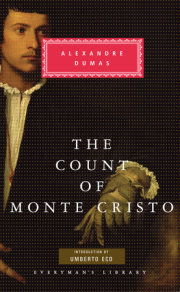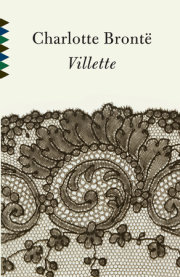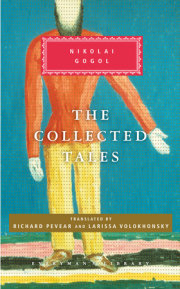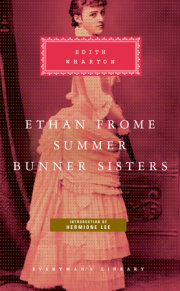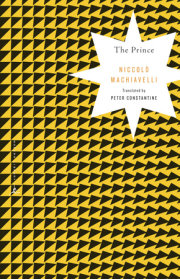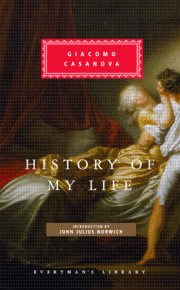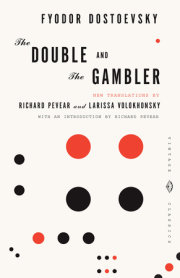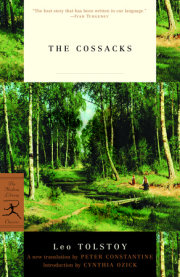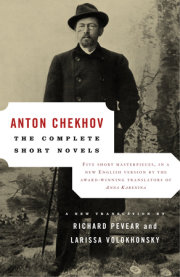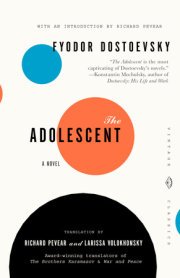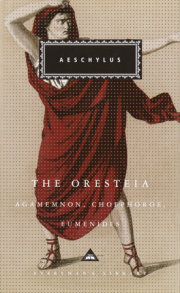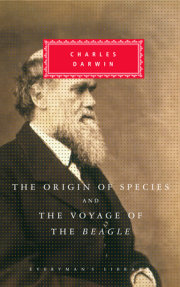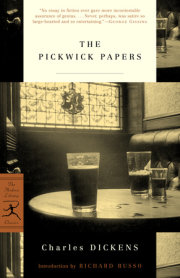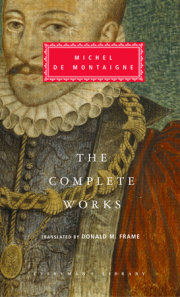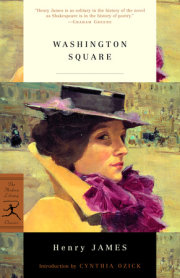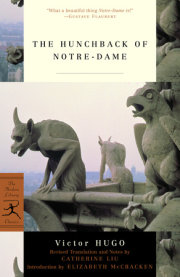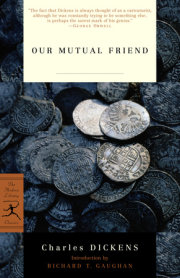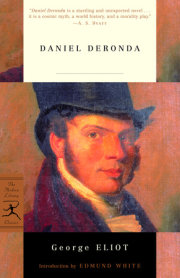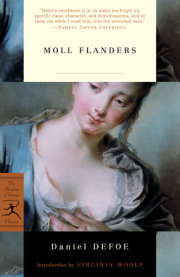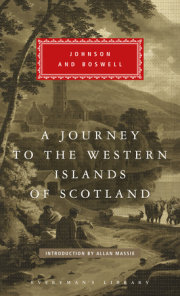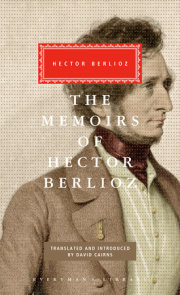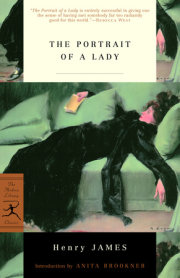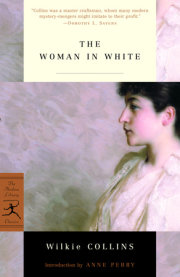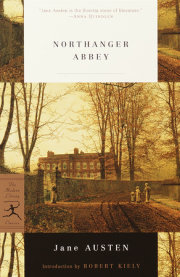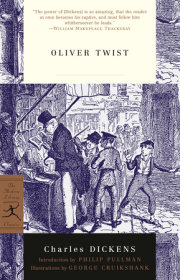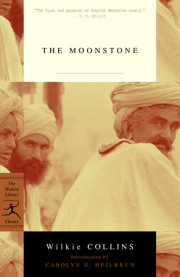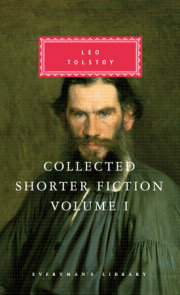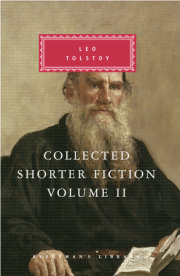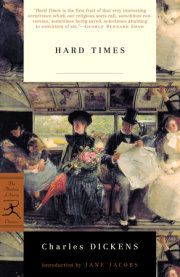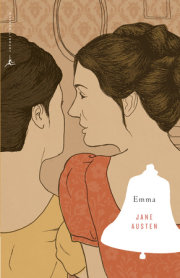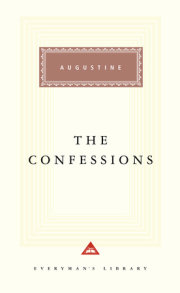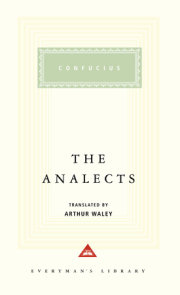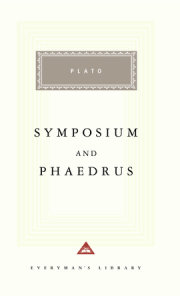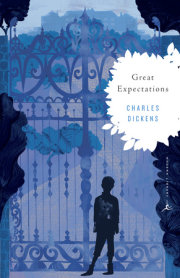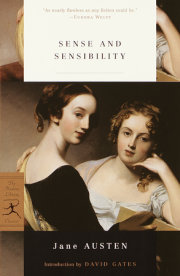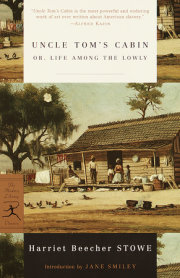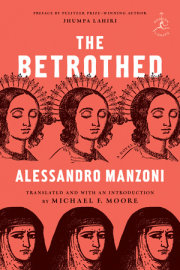Excerpted from the introductionIn the summer of 1940 the Dante scholar and Cambridge research fellow Uberto Limentani found himself joining over a thousand so-called ‘enemy aliens’ being deported from Britain to Canada on the converted cruise liner Arandora Star. Victims of Winston Churchill’s notoriously ill-judged order to ‘collar the lot’, they included, alongside German prisoners of war, a handful of spies and a small number of genuine sympathizers with Hitler and Mussolini, a larger contingent consisting of Jewish refugees, who had sought a haven in the United Kingdom from the extermination threatening them in continental Europe. Limentani, himself a Jew and among those persecuted under Mussolini’s 1938 racial decrees, had been welcomed in Cambridge, where his work on Dante was already well known.
Off the west coast of Ireland, on the first leg of its voyage to Canada, the Arandora Star was torpedoed by a German U-boat. While a few passengers were able to take to the lifeboats, others like Uberto Limentani jumped from the sinking ship into the sea, but over five hundred among the deportees were drowned. Years later, someone asked the Serena Professor of Italian, as he had by then become, how he managed to survive.
I began reciting a poem to myself, Alessandro Manzoni’s ode on the death of Napoleon Bonaparte, Il Cinque Maggio [The Fifth of May] which they made me learn at school in Italy. When I reached a certain line I realized something was wrong. Had I left something out, mistaken a word or muddled the syntax? As I trod water, waiting for a rescue if it should ever come, I thought ‘I’ll look up the text when I get back to Cambridge and check the reference.’ That was what kept me going. An hour or so later we were pulled out of the sea.
The poem which, however indirectly, contributed to Limentani’s survival is the work of the only Italian literary figure whom his countrymen consider worthy of being mentioned in the same breath as Dante. In his own lifetime Alessandro Manzoni (1785–1873) earned for himself a degree of respect most writers would envy, the kind of reverence normally accorded to champions of national freedom, transcendent spiritual leaders or major pioneers of social reform. When he died at the age of eighty-nine, a day of national mourning was declared throughout Italy. Schools and universities were closed and theatres kept dark. A massive funeral cortége wound through the streets of Manzoni’s native Milan, headed by a troop of cavalry, with government ministers and members of the Italian royal family walking behind the coffin. A year later Giuseppe Verdi, who had declared after meeting him, ‘I could have fallen to my knees if it were permissible to worship a human being’, dedicated his magnificent setting of the Requiem to Manzoni’s memory.
Nothing since then has served to devalue the writer’s classic status. His modest oeuvre – a handful of poems, a brace of tragedies, a historical essay, a religious treatise and a single novel – is held sacred, not simply among academics who study it for a living or by teachers of high-school literature courses, but by those many Italians who otherwise show no special interest in reading. Most writers can expect to undergo some sort of posthumous re-evaluation, but this has never really happened in the case of Manzoni. Critical regard has remained more or less constant, though the angle of scrutiny has shifted over the years according to the prevailing aesthetic.
To a significant extent this is due to our awareness, as readers, of the deep personal integrity which appears to characterize his attitude to the very act of committing himself to paper. Writing, for Manzoni, was a moral gesture and an engagement with literature was part of his birthright as a child of the Milanese Enlightenment in the closing decades of the eighteenth century. His maternal grandfather was Cesare Beccaria, whose indolent brilliance took wing in works on penal reform and economic theory which earned the admiration of the French philosophes and made him an inspiration for the Founding Fathers of the American constitution. Little Alessandro himself may in fact have been the son, not of dull, mediocre Count Pietro Manzoni but of the far livelier Giovanni Verri, whose family dominated the intellectual life of Milan. Bored from the outset with her elderly husband, Donna Giulia Manzoni soon took off to Paris with another Milanese illuminato, Carlo Imbonati, leaving her son, for the time being, at the dreary mountain boarding school to which his quarrelling parents had thoughtfully despatched him.
When eventually, in 1805, Manzoni, aged twenty, was able to join his mother in Paris, the impact on him of ‘this dear France, alight with such genius and so many virtues’ was profound and enduring. At the brilliant salon of Mme Sophie Condorcet, he was befriended by her lover, the philosopher Claude Fauriel, who remained a valued friend and intellectual sounding-board for the rest of his life. Even more than Fauriel’s inexhaustible Gallic esprit, Manzoni valued his ‘most amiable and virtuous heart’. The emphasis on virtue and sincerity was a typical aspect of the Romantic cult of friendship, but it was still more characteristic of Manzoni himself, ill at ease in the brittle, cynical, libertine world of the Italy he had left behind. It was Fauriel who taught him to sift what he read and heard for its fundamental elements of truth, to be unafraid of complexities and remain wary of simple answers. In many respects his was the most crucial influence on Manzoni, whether as an artist or an individual, and it explains, to an important extent, the writer’s essential self-restraint and fastidiousness in the approach to his métier.
Typically, when he began looking for a wife, Alessandro’s list of priorities was headed by straightforwardness, simplicity, tolerance and good sense. In addition, she would have to cope with her husband’s instinctive shyness, tendency to selfeffacement and love of being alone. Such a paragon, more swiftly than expected, came to hand in Henriette Blondel, daughter of a Swiss banker, brought up as a Calvinist, whom he married in her parents’ drawing room in Milan in 1808. Resourceful and strong-willed, Henriette kept her distance, on a bridal visit to her mother-in-law in Paris, from Donna Giulia’s sophisticated circle of journalists and litte ́rateurs. Instead she began to turn away from Protestantism in favour of that liberal Catholic spirituality evolving in the wake of the French Revolution’s assault on the hierarchy and entrenched privileges of the old religious establishment.
By degrees Henriette carried her husband with her. Officially raised a Catholic, Manzoni had never taken religion seriously, so that when, two years after their marriage, he found himself undergoing a crisis of faith alongside his wife, this assumed the nature of a Damascene conversion quite as dramatic, in its own way, as any experienced by St Paul. The pair of them, with their infant daughter Giulietta, promptly left Paris to seek the tranquillity of the Lombard villa at Brusuglio, in the Brianza district north-east of Milan, which had been bequeathed to Manzoni by his mother’s lover Carlo Imbonati. Nowadays the whole area is heavily urbanized, a dormitory zone, amid its motorways and factories, for Italy’s northern metropolis. In the early nineteenth century it offered, by contrast, precisely the kind of rural retreat from a noisy world, dominated at that time by Napoleon Bonaparte at his most imperially hubristic, in which Alessandro and Henriette, natural idealists, could live according to their shared Christian principles and bring up a growing family. Though he returned briefly to Paris in 1819, it was at Brusuglio and in Milan itself that Manzoni’s career as a poet, playwright and novelist would be firmly anchored.
Early success arrived for him with the Inni Sacri [Sacred Hymns] (1812–15), a sequence of five poems inspired by religious festivals and fusing modern ideals of freedom and equality with basic Christian concepts of compassion and universal redemption. Stendhal, hardly noted for his Catholic piety, was among those who commended the poet’s humane sincerity of utterance, while Goethe, praising their lack of sectarian animus or fanatical piety, instantly became one of Manzoni’s most dedicated international admirers. When, a few years later, Il Conte di Carmagnola, the first of his two verse tragedies, was damned by Italian critics and received equally dusty notices in English reviews like the Quarterly and the Westminster, Goethe was vocal in praise of its author as ‘a dear and worthy young man’.
What fascinated the older writer from a technical aspect was Manzoni’s determination to make his characters, both in Il Conte di Carmagnola and in its successor Adelchi, entirely credible human beings as regarded their personal motivation and the interaction with those around them. Each play was a historical drama and the dramatist’s basic materials were confined to the stark, limited, fragmentary details afforded him by medieval chroniclers yet, as Goethe perceived, Manzoni always made his dramatis personae plausible in the context of their own social and political backgrounds. It was this particular gift which he was now ready to put to momentous account in an entirely different literary genre, one in which he had never worked before.
Though the tradition of modern European fiction, as practised by writers since the seventeenth century, claims an important line of descent from the medieval and Renaissance Italian story collections known as novelle, there was no such phenomenon in Manzoni’s time as ‘the Italian novel’. The extended fictional works published in Italy during the nineteenth century’s opening decades almost all arrived as translations from other languages and the market for such books during the 1820s was dominated by Sir Walter Scott. His achievement in works like Waverley, Old Mortality and The Bride of Lammermoor lay in shaping a new species of novel, whose plot centred on the impact of cataclysmic events during different historical epochs on the lives of ordinary individuals, their families and their social communities. No other writer had exerted such a potent influence on the fiction of his era. In the ten years following Waverley’s publication in 1815, Scott effectively re-orientated the relationship between novelists and their reading public throughout Europe and America and vastly extended the range and significance of his chosen medium.
One of his shrewdest and most enthusiastic readers was Alessandro Manzoni, who wrote excitedly to Fauriel in the summer of 1822 with the news that he himself had started work on a story set in seventeenth-century Lombardy. With the working title Fermo e Lucia, this was the earliest form of the novel which became first of all Gli Sposi Promessi and then I Promessi Sposi. Its author was conscious from the outset that he was engaged in a momentous personal experiment. The challenges involved were those of assembling a large-scale fictional work dealing with the interplay of conflicting socio-historical forces and with the various ways in which these affected a group of people very unlike the upper-class intellectual echelon in which he had spent most of his life so far. It was clearly thrilling for Manzoni, as somebody with a self-confessed ‘genuine desire that I should be seen as a major author’, to realize that he was creating a new art form within a national literary tradition that had so far turned its back on novel-writing as a serious pursuit.
Manzoni’s initial inspiration was a forgotten law, reprinted for whatever reason in a recent textbook of political economy, threatening sanctions against any priest who refused to perform a marriage ceremony. It belonged to a period during the 1620s when Lombardy lay under Spanish rule and there was widespread resentment among the local peasantry against the arrogance, greed and petty exactions of their alien rulers. These were years, what was more, of bad harvests and crippling food shortages throughout northern Italy, with accompanying plague epidemics in cities and rural areas. Additional unrest was created by the presence of armies involved in the desultory warfare between Italian states and the overspill of conflict from the Thirty Years’ War beyond the Alps into the fertile Lombard plains between the mountains and the River Po.
Against this troubled background the story of Renzo and Lucia, the betrothed lovers of the book’s title, unfolds as their intended marriage is thwarted by the sinister manoeuvres of the local grandee, Don Rodrigo, whose team of armed bravoes terrorize the weak-kneed priest Don Abbondio into obstructing the match. It is the very absence of anything specifically heroic in the presentation of Renzo and Lucia which makes their adventures – and the novel’s structural basis is that of an adventure story – so compelling. Among the lessons Manzoni learned from Scott (who had in his turn picked it up from eighteenth-century novelists like Fielding and Smollett) is that this sort of narrative engages the reader more effectively through its qualities of the haphazard and the accidental. We enjoy it the better because we know that, like most people, its central figures have no assets beyond a smattering of grit, resilience and optimism with which to confront both the forces of circumstance and those historical imperatives eternally threatening to crush them.
Copyright © 2013 by Jonathan Keates. All rights reserved. No part of this excerpt may be reproduced or reprinted without permission in writing from the publisher.


